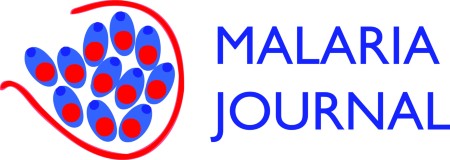
Community perspectives on treating asymptomatic infections for malaria elimination in The Gambia
- Received: 24 October 2018
- Accepted: 10 February 2019
- Published: 18 February 2019
Abstract
Background
Innovative and cost-effective strategies that clear asymptomatic malaria infections are required to reach malaria elimination goals, but remain a challenge. This mixed methods study explored people’s attitudes towards the reactive treatment of compound contacts of malaria cases with a 3-day course of dihydroartemisinin-piperaquine (DHAP), the socio-cultural representations of asymptomatic infections, and more specifically their treatment.
Methods
Prior to the start of the intervention, a sequential mixed method study was carried out. Qualitative data collection involved in-depth interviews and participant observations (including informal conversations) with key informants from the trial communities and the trial staff. Quantitative data were derived from a pre-trial cross-sectional survey on health literacy and health-seeking behaviour among randomly selected members of the study communities.
Results
In the pre-trial cross-sectional survey, 73% of respondents reported that malaria could be hidden in the body without symptoms. Whilst this may be interpreted as people’s comprehension of asymptomatic malaria, qualitative data indicated that informants had different interpretations of asymptomatic disease than the biomedical model. It was described as: (i) a minor illness that does not prevent people carrying out daily activities; (ii) an illness that oscillates between symptomatic and asymptomatic phases; and, (iii) a condition where disease agents are present in the body but remain hidden, without signs and symptoms, until something triggers their manifestation. Furthermore, this form of hidden malaria was reported to be most present in those living in the same compound with a malaria case (71%).
Conclusion
Treating asymptomatic malaria with pharmaceuticals was considered acceptable. However, people felt uncertain to take treatment without screening for malaria first, largely due to the lack of symptoms. Knowledge of asymptomatic malaria was not a strong re-inforcement for treatment adherence. In this study, the pre-intervention active engagement of communities existed of having people co-design accurate information messages about their personal risk of malaria, which increased their trust in expert knowledge and thus proved essential for the successful implementation of the community-based intervention.
Keywords
- Asymptomatic infection
- Malaria
- Elimination
- Community perspectives





















.jpg)












No hay comentarios:
Publicar un comentario